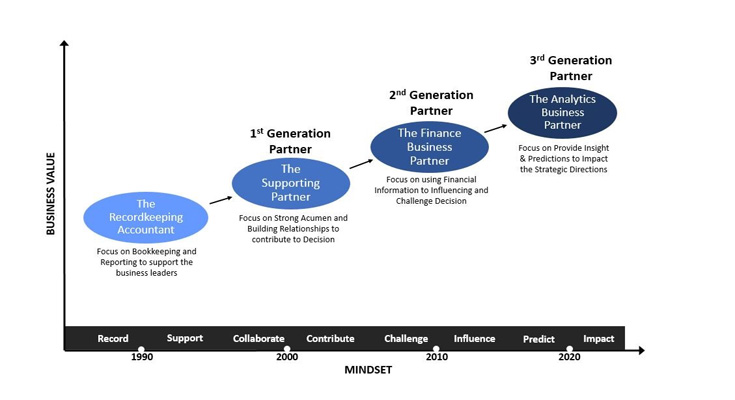Business partnerships have proven to be very lucrative for corporations that take the time to understand what is involved in the finance industry. However, because of this, partnerships have also proven to be dangerous to corporations if they are not appropriately managed. The finance industry is one of the most competitive and unstable markets in all of corporate America. There is always room for the weaker companies to eat up the strongest companies and prevent them from growing. It is imperative to understand this when attempting to find a partner.
Providing Low-Cost / No-Cost Services
The finance business partnering model revolves around an organization’s ability to provide low-cost or no-cost services to its customers. The service is usually in the area of procurement. To be successful in the finance industry, a company must have a very good understanding of what customers are looking for in particular services. A good way to test the marketability of a potential partner is to ask your peers how well they are doing and whether they would recommend that particular partner to other corporations.
The Definition of The Partnership
Another factor that is crucial to the success or failure of a partnership is the definition of the partnership itself. For a company to successfully define its role as a partner in a venture, it must be able to clearly define its vision and goals for the company. This is often called the defining statement. Often, the definition of the model finance business partnering model will include a vision statement for the company as well. A company must be clear on what it wants to achieve within a partnership and how they intend to get there.
The Level of Transparency
Another important factor in the finance business partnering model is the level of transparency that should be provided by the partners. Transparency refers to the willingness of the partners to be accountable concerning the finances of the organization. All information should be provided to the financial institution that authorizes the transaction, including, but not limited to, accounting records, and income taxes. This is especially important when it comes to transactions that may involve borrowing from the company or other third-party funding sources.
Obtaining Additional Market Share
The ultimate goal of the finance business partnering is to obtain additional market share. The best way to accomplish this goal is to acquire other companies in the same industry. By working with established companies, a new opportunity can be gained as the parent company builds a strong position in the market. Many of the financial relationships that are formed today began as a result of an investment in another company. There is always room for duplication in a market where demand is constant and supply is decreasing. The key is to establish long-term relationships with businesses that have strong customer bases and stable sales growth.
Increasing Cash Flow
The Fokus p and og types represent two of the primary ways that companies work today to expand their scope of operations. It is important to remember that the primary goal of these types of transactions is to increase cash flow. By doing so, the parent company can improve the profitability of the operation while reducing expenses. The best way to accomplish the ultimate objective of the finance business partnering model is to be sure that there are significant synergies between the different parties involved in the transaction. It will be to the detriment of the company if anyone’s partner is seen as hindering the synergies that should exist between the various parties.





